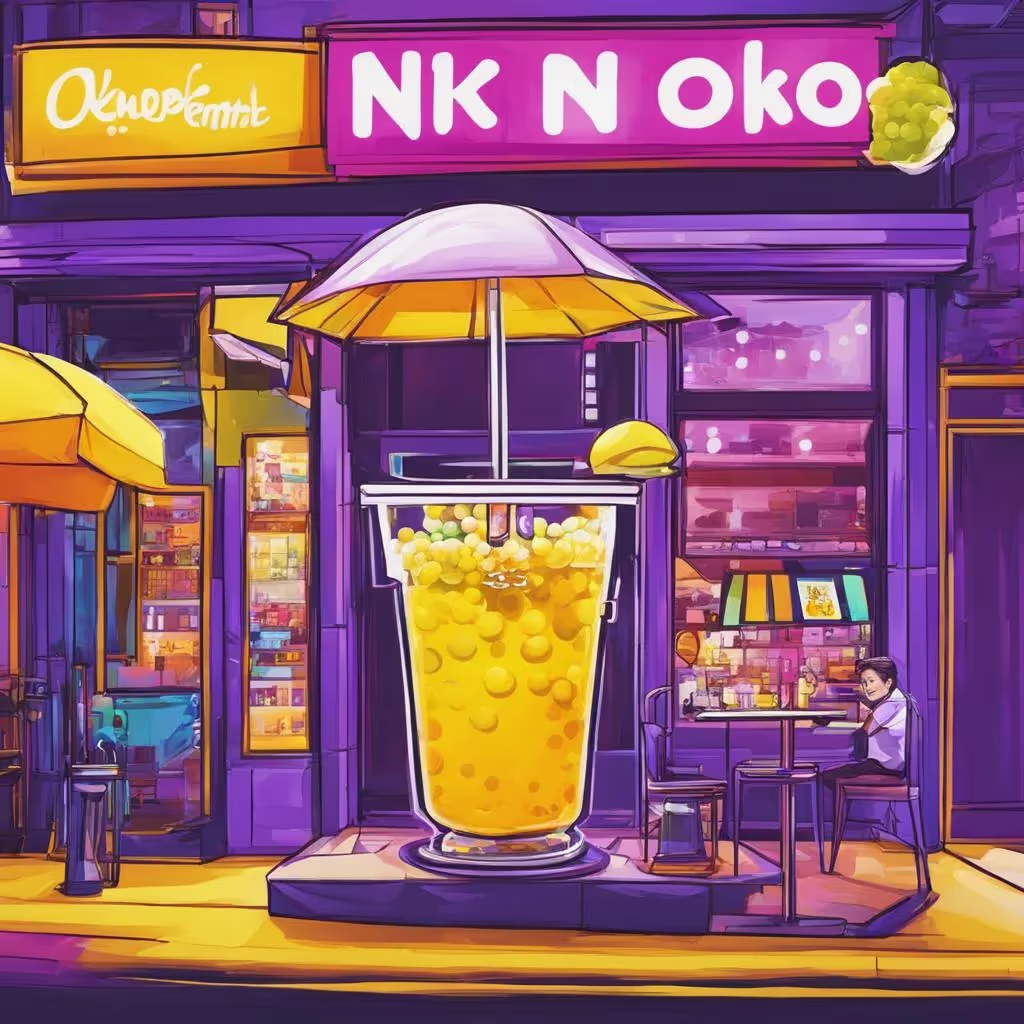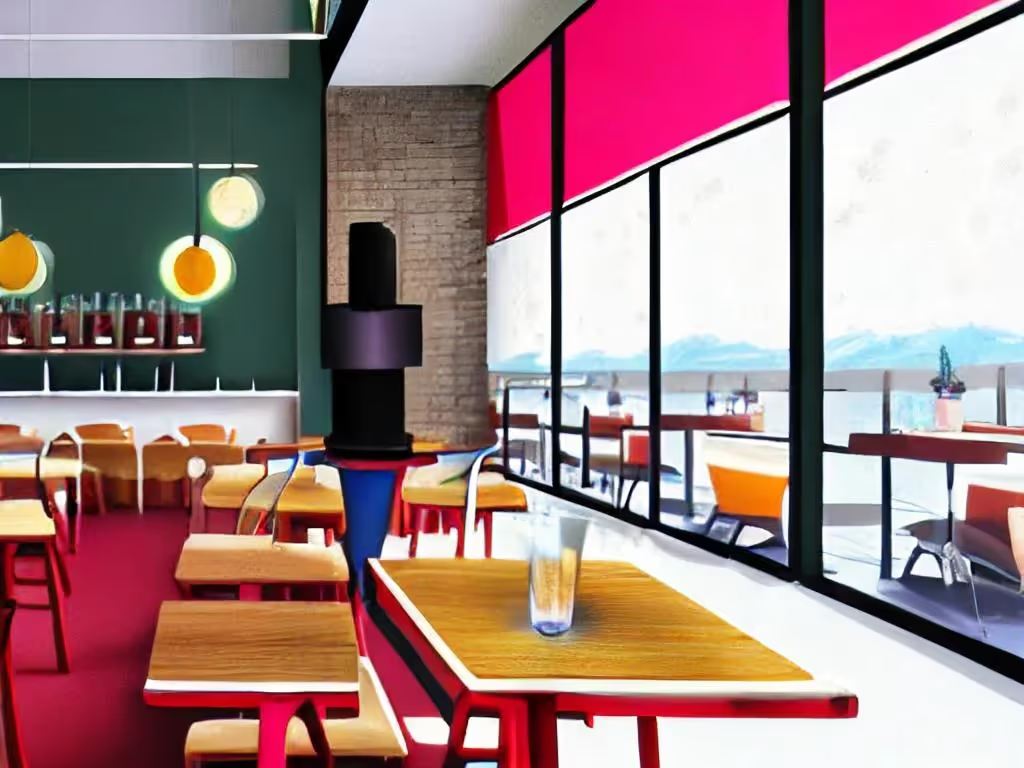The coronavirus pandemic has upended the way people eat out, from to-go cocktails to all-weather patio tents. For restaurants, one of the biggest and more urgent pivots has been the diversification of revenue streams — it’s too risky now to bet a whole business on seated, indoor dining, so operators have been forced to think outside of their four walls.
In a recent feature on pandemic-related dining changes, The New York Times lists “restaurants as retailers” as a new development that’s likely to stick around. Meal kits, branded pantry products, T-shirts, and tote bags now round out many restaurants’ traditional menu offerings, and companies have made it easy to bring those provisions to a national audience (as a sign of the times, the restaurant e-commerce platform Goldbelly landed a $100 million investment in May).
That means that many restaurants that have worked for months and years to win over locals are now catering to a national audience — opening up a host of new considerations and priorities. Here are a few things for businesses to keep in mind as they make the leap.
Start with your closest, biggest fans.
It may seem counterintuitive, but the best place to start expanding your brand beyond your local community is your local community.
Jeff Chen is the co-founder and CEO of Taste, a technology company that delivers food from New York City restaurants to customers around the country, and he says that most of Taste’s shipments actually go to people who have tried the restaurant already. “Engaging with diners who are coming into the restaurant is really key,” he says. “Lots of those diners then tell their friends or buy for them, so the product naturally expands.”
Reaching new customers through existing ones is a strategy that’s also worked for Chompie’s, a New York-style deli with multiple locations in Arizona. Over the years, their bagels, bread, and bakery have won local awards, and the restaurants have become a destination for people traveling to Arizona to visit friends and family. Those visitors served as a starting point to building recognition in other markets, Frank Lara, VP of Business Development at Chompie’s, explains.
“We started as a small mom-and-pop shop and have expanded our horizons since 1979,” says Lara. “For us, the opportunity to expand our brand recognition beyond our state has always been a goal.”
Ultimately, success on a national scale doesn’t mean divorcing your brand from its place of origin. Instead, let the business’s story become part of the draw. Just as a perfect dinner at Marea becomes a favorite memory from that anniversary trip to New York, a meal delivered from the restaurant brings the thrill of the city to you, wherever you are.
Leverage existing partnerships in new ways.
Chances are, many restaurants are working with national partners already — ones that might offer exposure beyond their current markets.
Chompie’s, for example, began selling retail products in grocery stores in Arizona. From there, Lara says, they were introduced to larger parent groups that could help them take the products to stores outside of the state.

Once you’ve developed relationships with local partners that can distribute your products — whether a hot sauce, a meal kit, or a signature granola blend — explore how they might help expand your reach. Where else do they have penetration? Is there a web store or online presence?
Finally, keep in mind that new distributors and parent groups come with new processes and decision-makers, so you’ll need to pay extra attention to quality as you grow. Which brings us to a final point...
Adapt what you do best.
Whatever a restaurant ships to customers cross-country, it’s almost never a replica of the dinner menu. Most items don’t ship well, and some are impossible to finish at home. Many just don’t translate outside of the restaurant — and that’s okay. The point of any brand expansion isn’t to provide the restaurant experience, but to bring a few standout elements to a larger audience.
According to Chen, restaurants that are most successful shipping nationally are the ones with an offering that stands out. “If a restaurateur has something unique and desirable, then it will do well,” he says.

For restaurants, creating a shipping-friendly dish requires thinking carefully not only about what will travel well, but about packaging itself. “That goes from deconstructing the dish to the actual packaging materials, and providing enough instructions so diners can recreate those amazing experiences at home,” says Chen. “But it’s worth the effort because this is a growth business, and restaurants can reach a much bigger audience.”
Chompie’s is known for its award-winning baked goods, so the company focuses on bagels, bread, and cookies for distribution. Bagels and breads are currently distributed regionally, and they just launched their low-carb bread on Amazon marketplace. For them, concentrating on products that are already favorites — and that they know they can control quality on — is a recipe for success.
“The quality of the product is what will drive the foundation,” says Lara. “Stay true to what you do best.”


.webp)


.webp)
.png)
.webp)

.avif)
.webp)
.webp)
.webp)

.webp)










.png)
.png)







.svg)
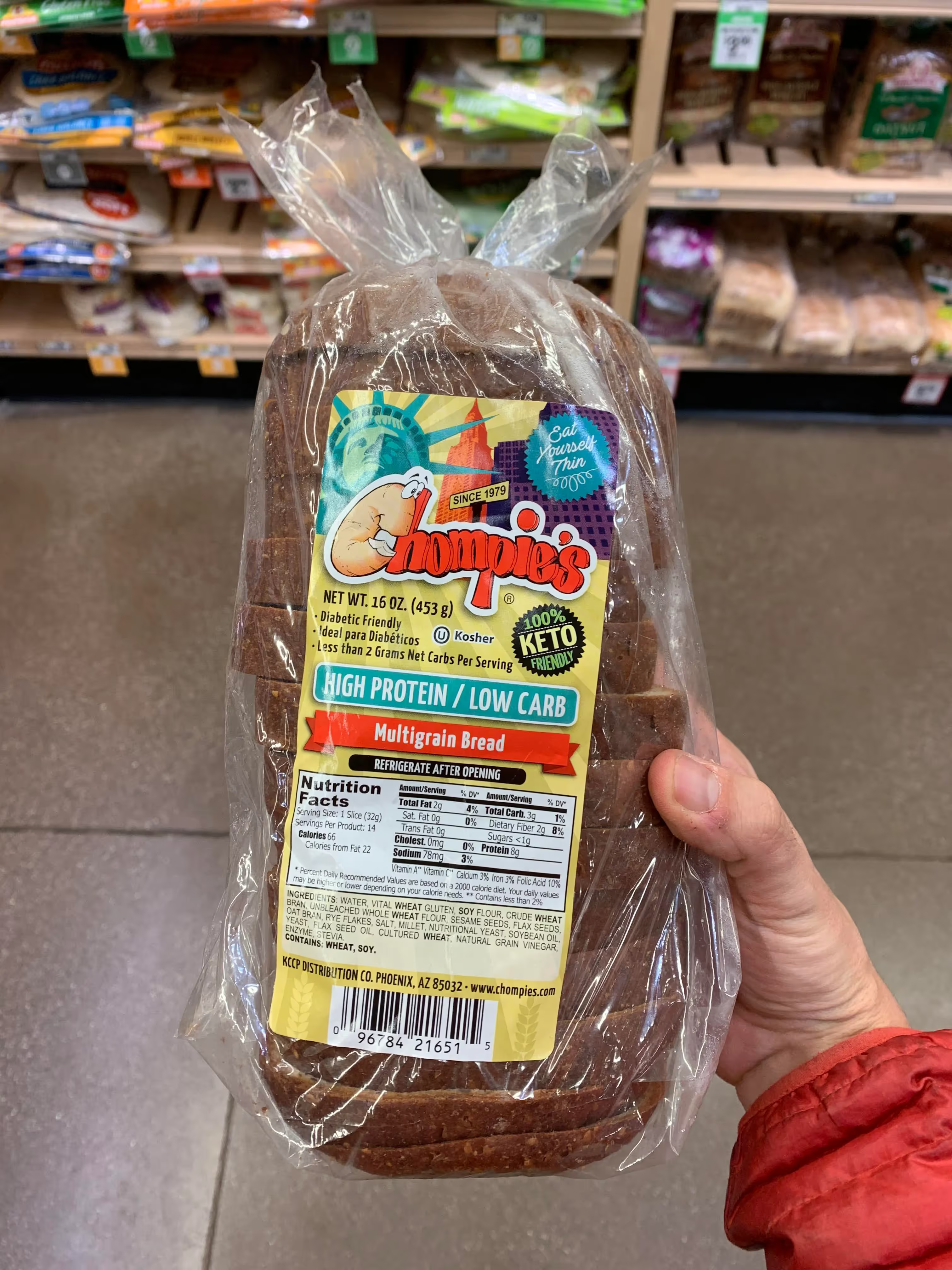




.svg)
.svg)
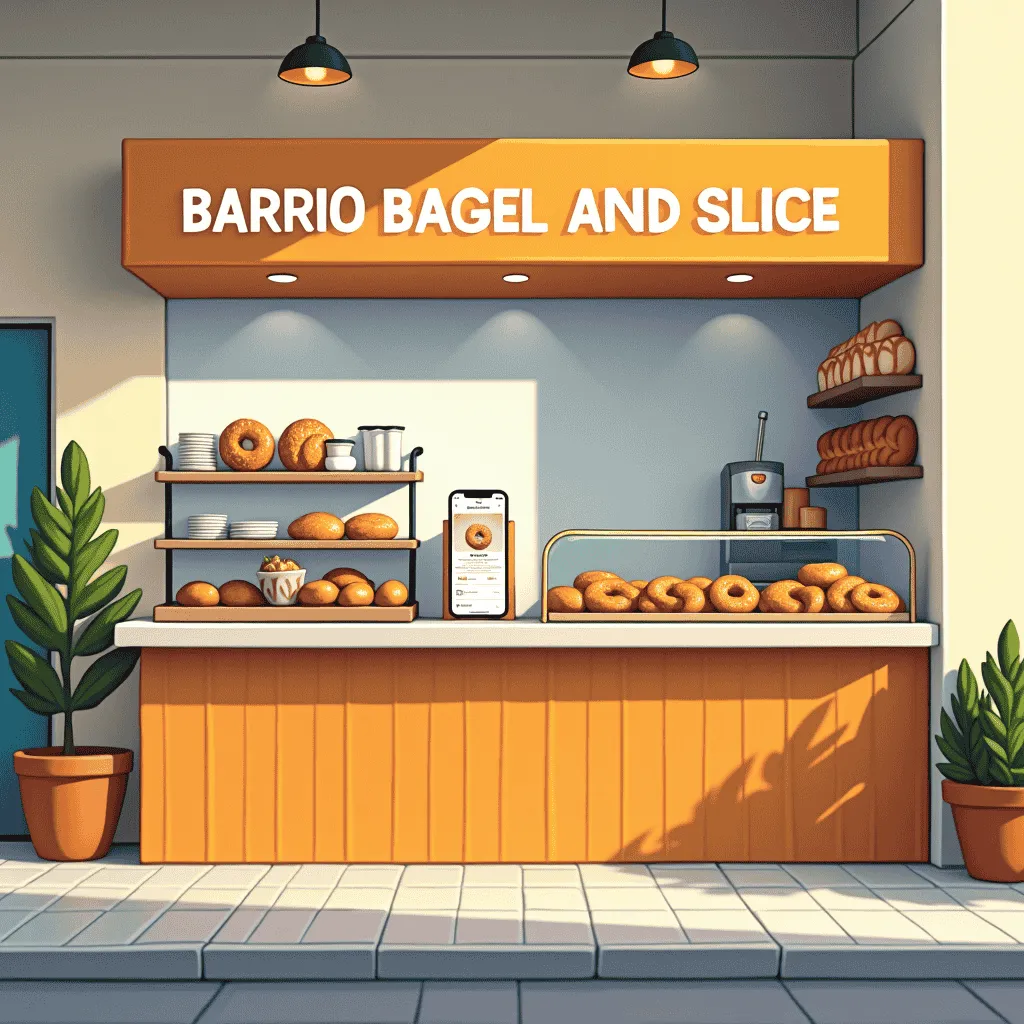


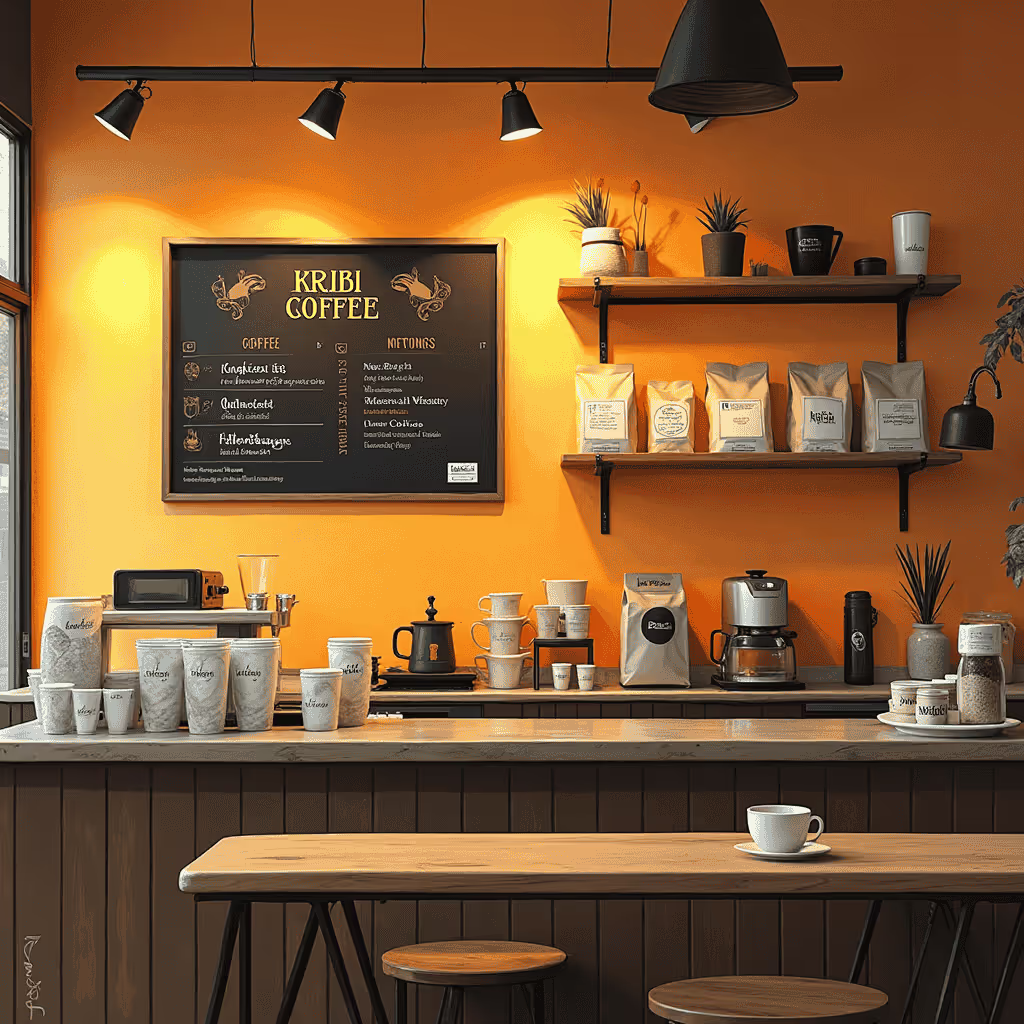
.avif)



.avif)
.avif)

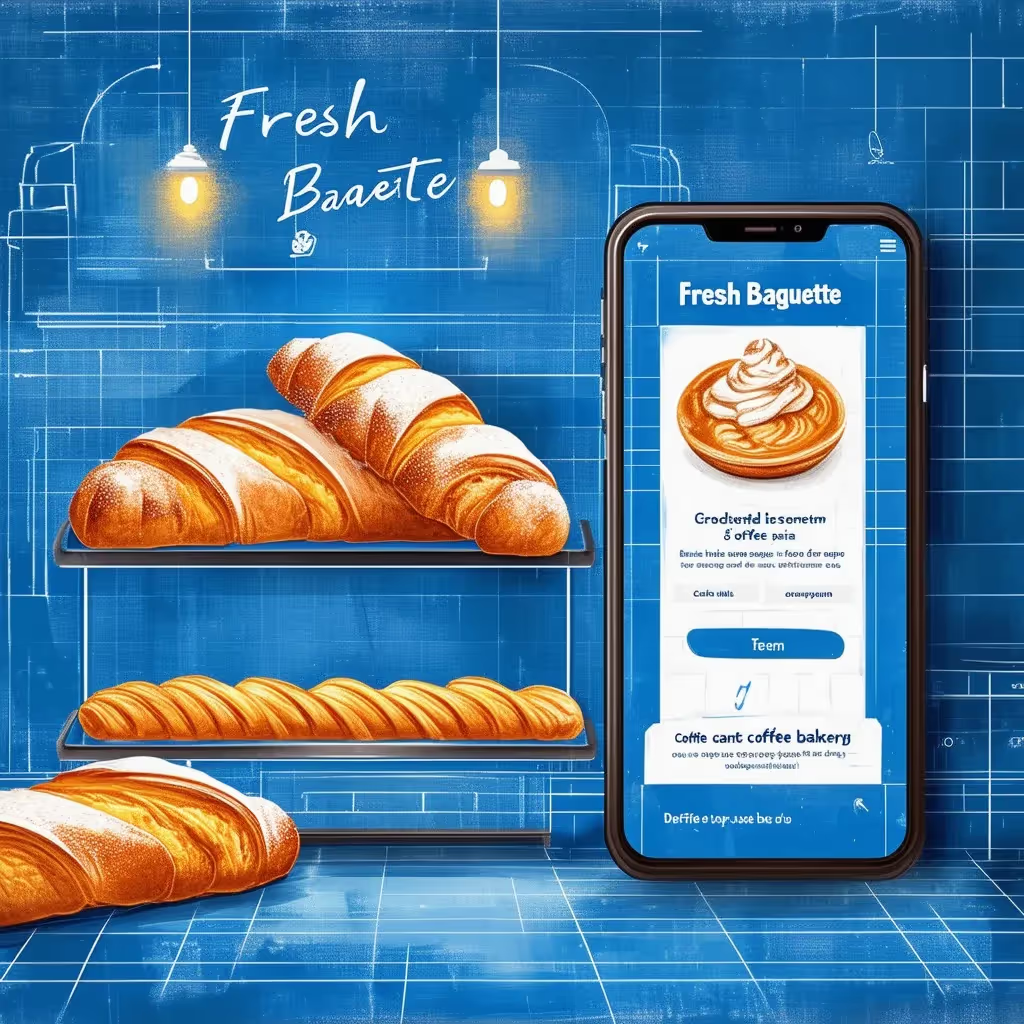
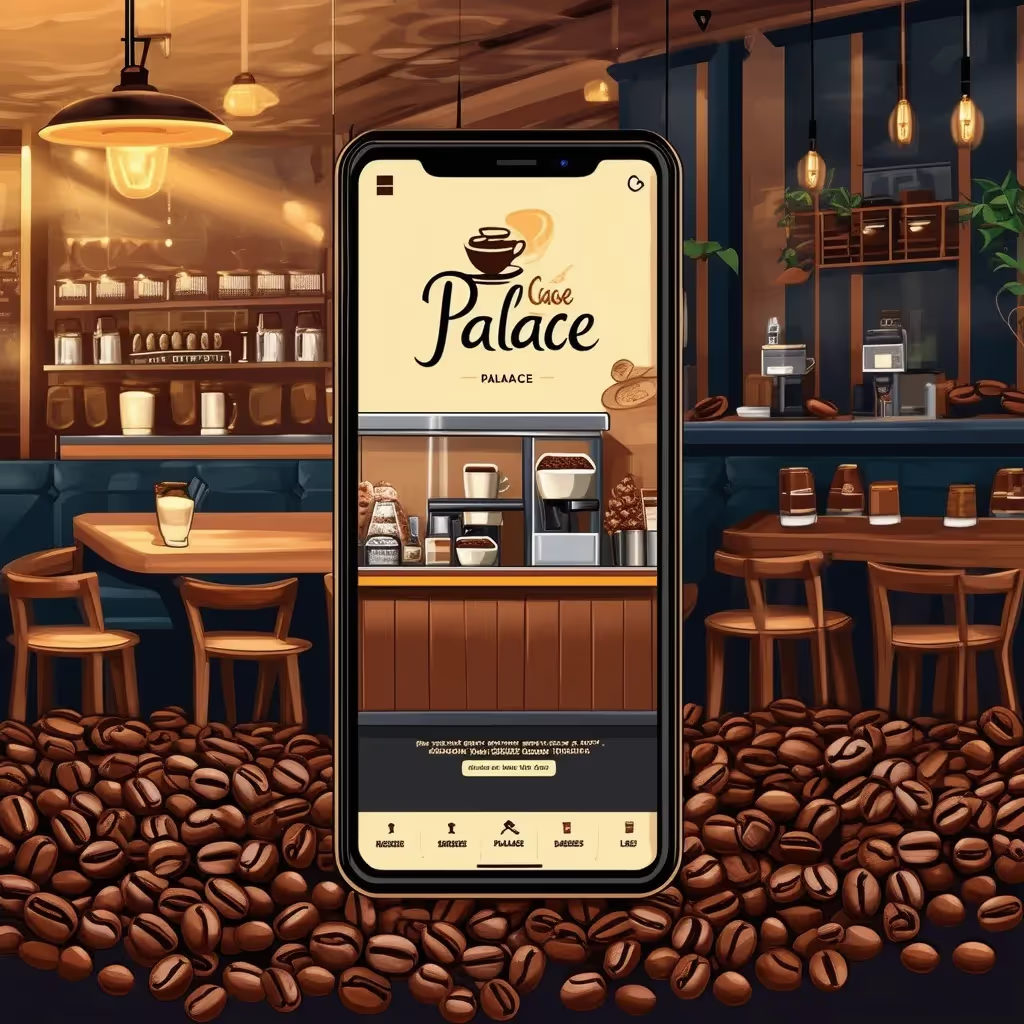

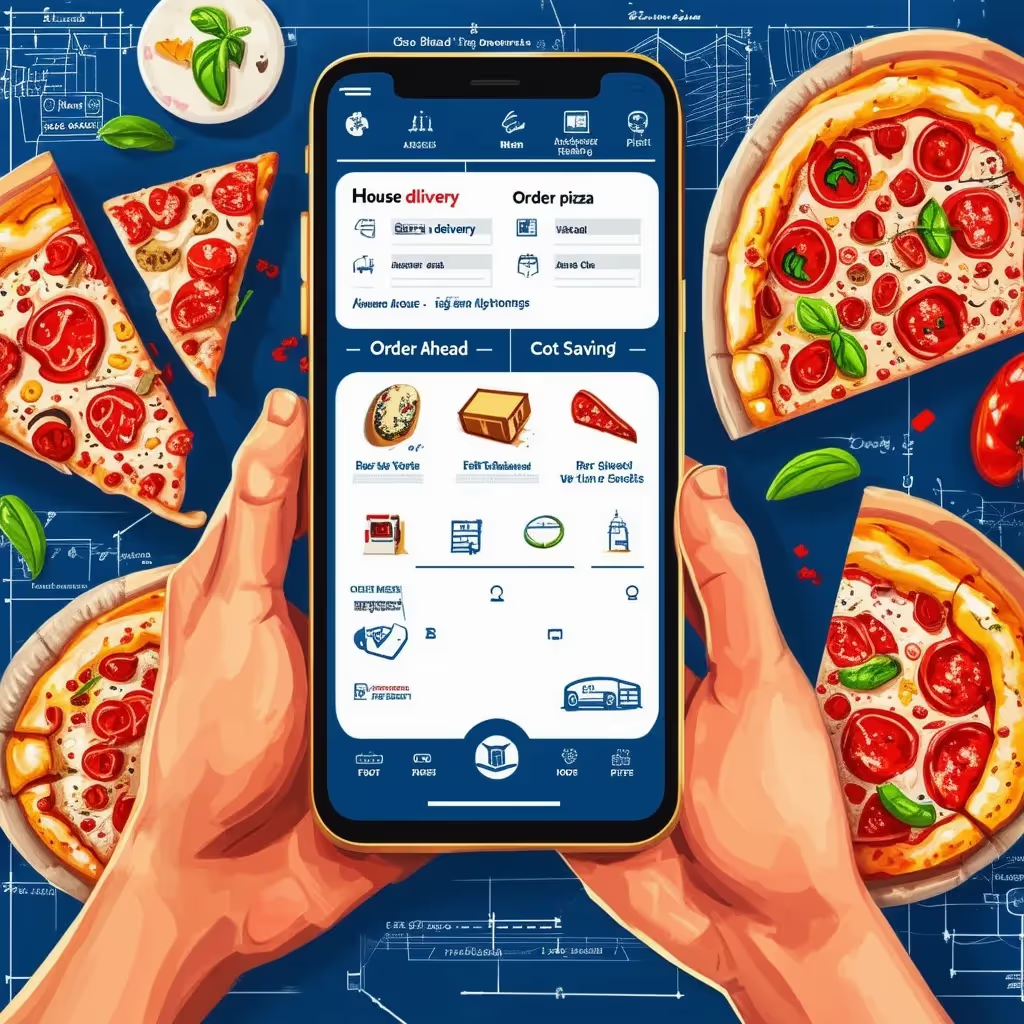





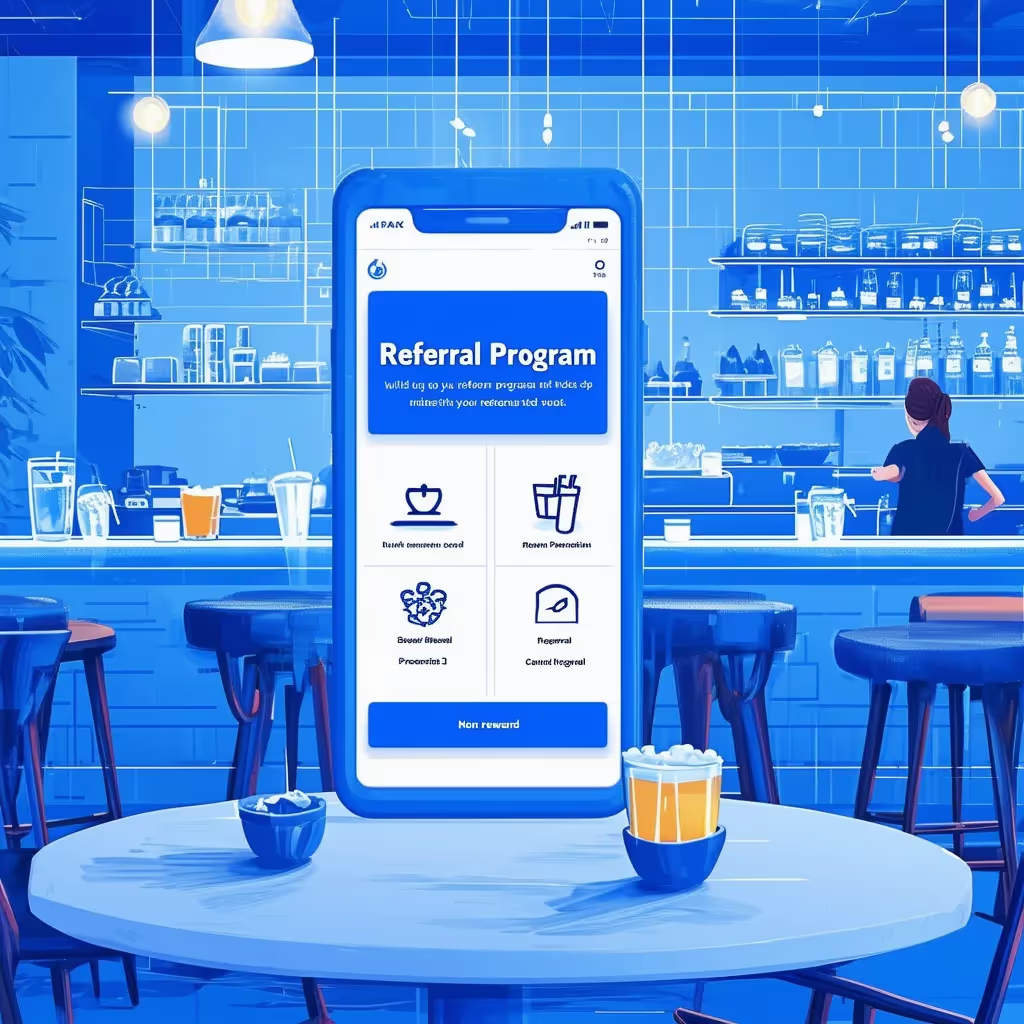





.avif)





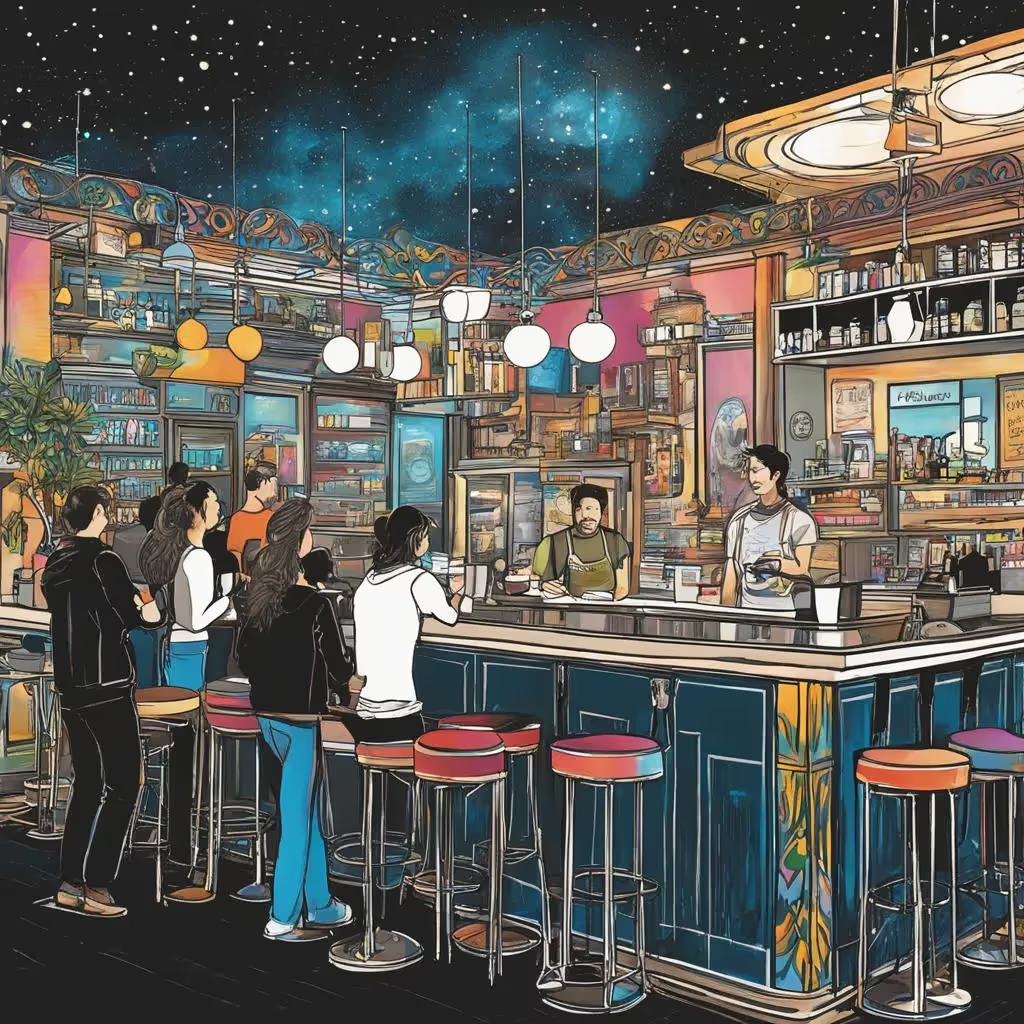


.avif)
